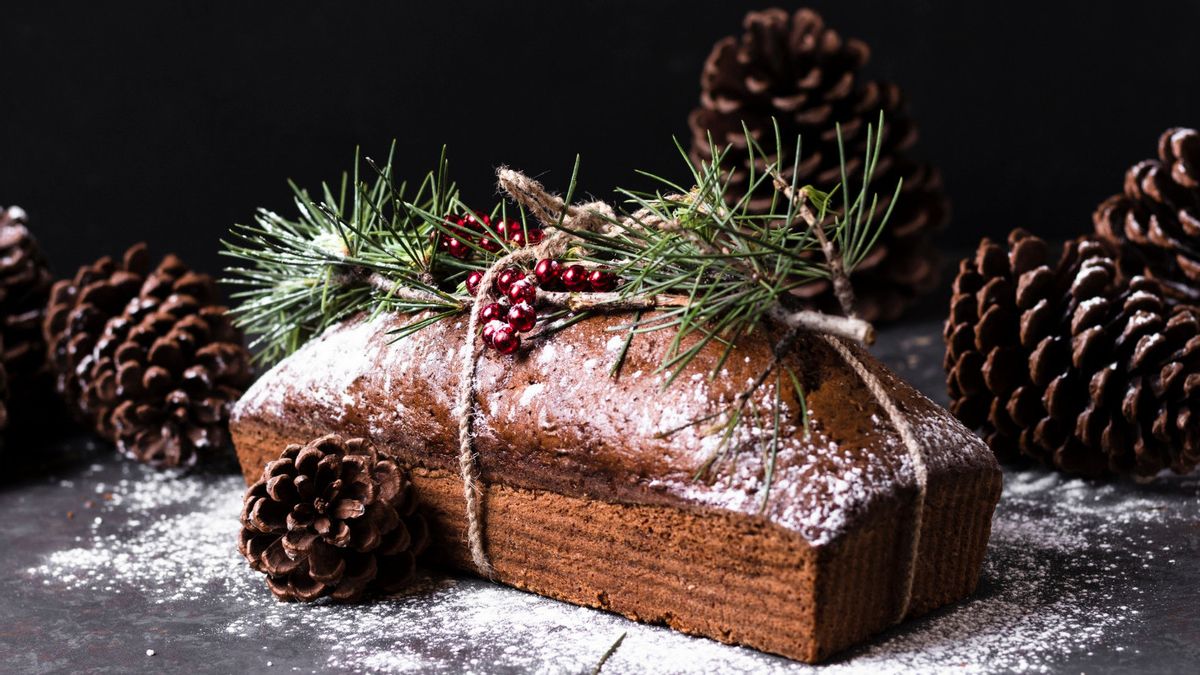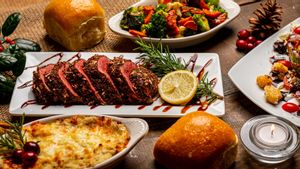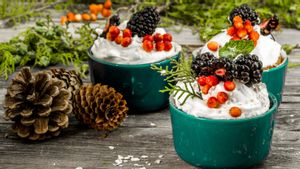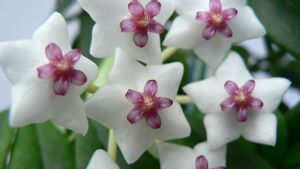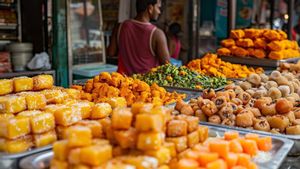YOGYAKARTA 'Hindangan' is an important aspect that warms the event with your family at Christmas. If you look at what dishes are served on the table, it may feel the same as in previous years. However, the dish only exists during Christmas warm moments every year. Here's a list of dishes that only exist during Christmas and the history of the food and sweet drinks served.
This house-shaped ginger bread is not only a decorative decoration on the table near the Christmas tree. But this bread can be eaten. Queen Elizabeth I is considered the first party to make ginger bread not only food but also a typical Christmas decoration. But the German also claims that the history of coffeebread houses comes from culture in his country. Grimm wrote by Grimm, reported by History, Monday, December 11, is one of the benchmark literatures related to home-shaped ginger bread. Currently, this decorative decoration that can be eaten is widely sold with other accessories and packaged in attractive packages for Christmas.
The roots of tradition provide cakes and milk for Santa or Santa, originating from ancient Norse mythology. Odin, the Norse god has an eight-legged horse named Sleipner who was ridden byATs. During the Yule season, children left food for Sleipner for Odin to stop by on his way and leave gifts in exchange. This tradition continues to this day in Denmark, Belgium, and the Netherlands. Where, the children still believe that it was the horse carrying Santa Claus's glider, not the deer.
Leaving the milk and cake also popular at the Great Depression in the 1930s. In this time of economic difficulty, many parents try to teach their children the importance of giving to others and showing gratitude for the gifts they received on Christmas Day.
Either eaten as a snack or hung on a Christmas tree as a decoration, candy canes are the number one best-selling sweet foods during December. This candy comes from 1670s from Germany. The bat from a red and white peppermint popular in the United States in 1847.
Eggnog is made of hot condensed milk added to rum. This drink is popular because there are various variations. Like in medieval England, eggnog is a mixture of warm milk with beer or wine with spices. In America more popularly added rum.
According to culinary historians, in the mid-century England, the eggnog was called a post'. In Europe the century was the same, monks added posets with Arabs and eggs. In the 17th century, aristocracy drank Eggnog with sherry as a sign of wealth. In the 19th century, doctors believed that this drink was the ideal way to provide recipes and nutrients for those on a liquid diet.
Doctors include eggnog as part of a healing diet for patients who have recently recovered from typhoid fever, dysentery, diphtheria, surgery, maag, and tuberculosis. Eggs contain protein, fat, and essential vitamins, as well as support many of the body's important functions. Eggnog is mixed with spices, including nutmeg, cinnamon, ginger, turmeric, and cayenne peppers have health benefits, relieve stomach cramps, diarrhea, nausea, and bloating stomach.
The cake containing mixed dry fruit and nuts is called fruitcake. This sweet snack is presented at Christmas. Unlike birthday cakes covered in sugar, this sweet cake usually has a drier texture. Fruitcake has existed since ancient Romanism, which is made of mixtures of pine beans, barley smashes,ferred seeds, caps, honey wine.
SEE ALSO:
Those are the five dessert dishes served at Christmas. Among the desserts above, which one will you prepare to fill the warm end of the year with your family?
The English, Chinese, Japanese, Arabic, and French versions are automatically generated by the AI. So there may still be inaccuracies in translating, please always see Indonesian as our main language. (system supported by DigitalSiber.id)
